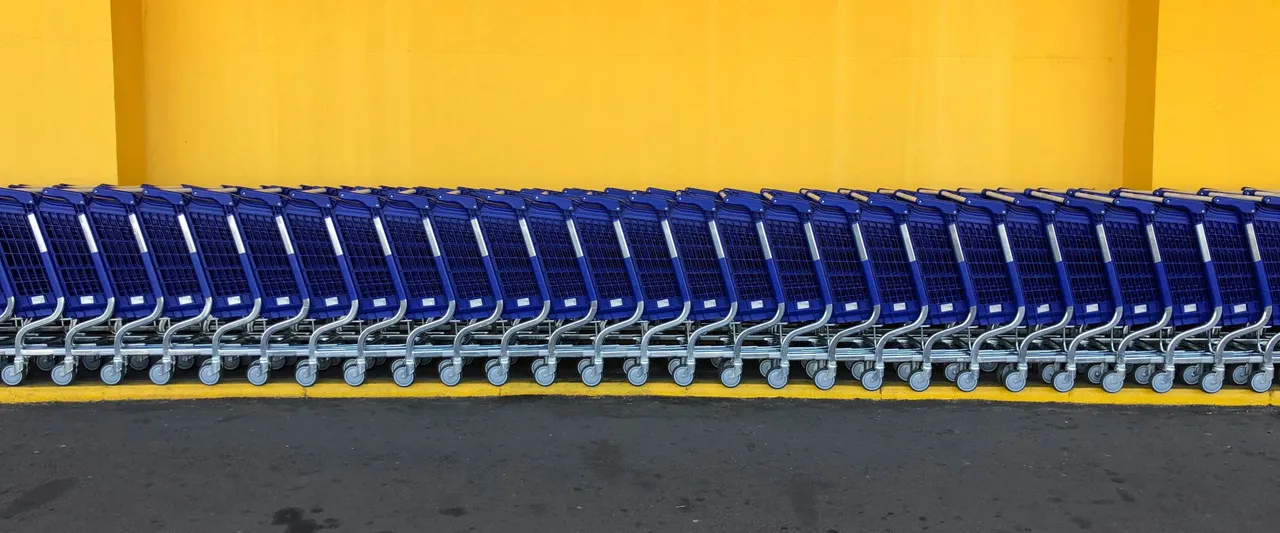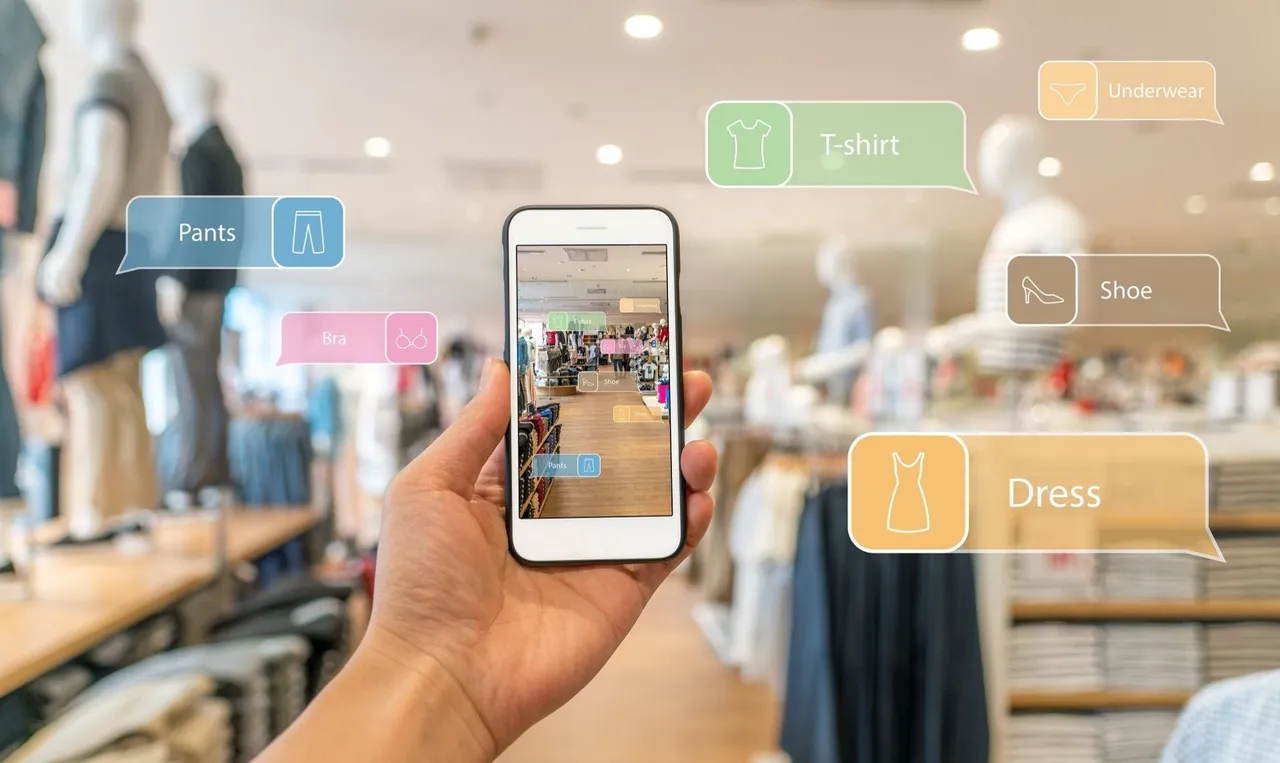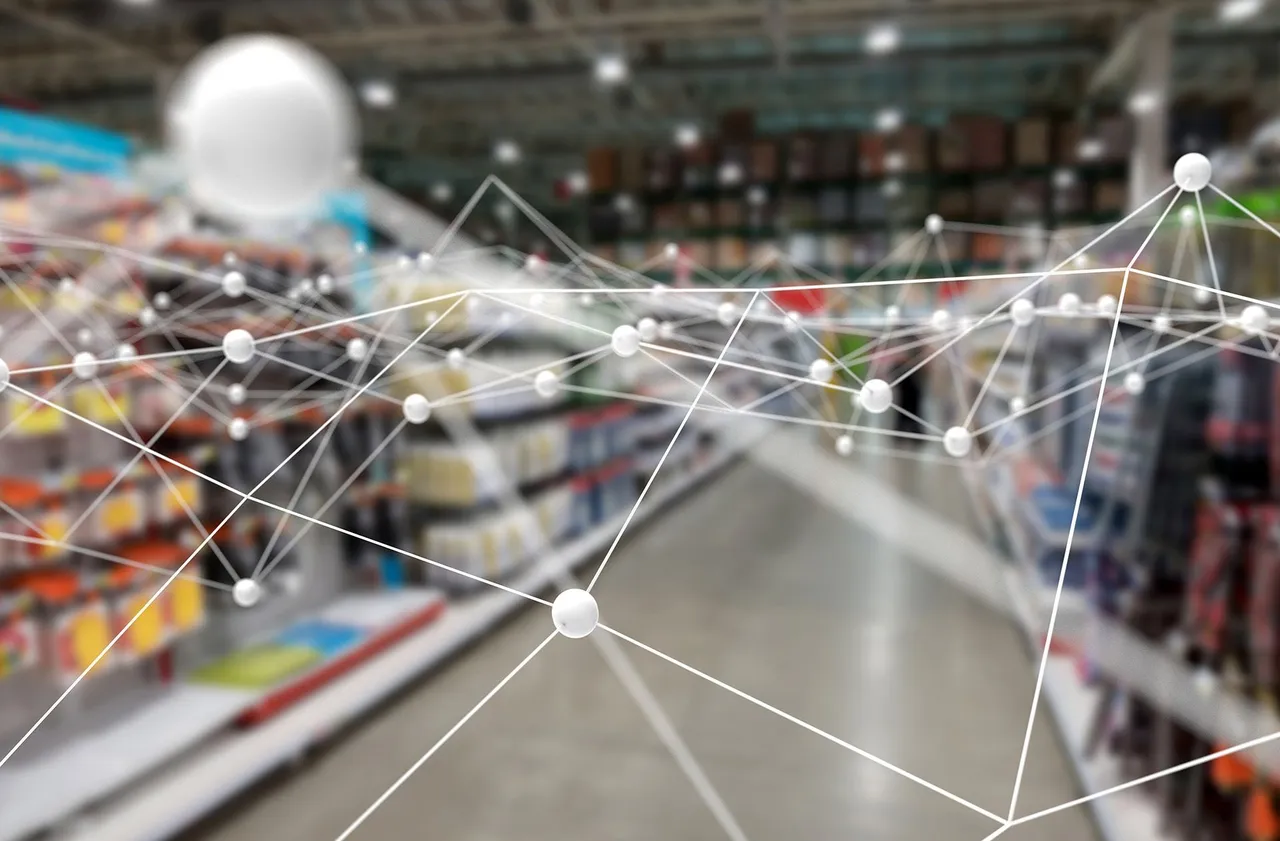Gamification in the Retail Industry: a Guide for CMOs
Competition! It's a necessary part of survival for your enterprise, but it's also the focus of an innate, natural human desire.
Thanks to mobile technology, that desire can now be awakened in consumers whether they are shopping online or in your stores.
By using mobile app development services to create a gamification platform, you can tap into your shoppers' competitive urges in order to increase engagement with your brand, encourage customer loyalty, and ultimately, improve profitability.
In case your company is thinking about getting started with gamification, this article reveals some of the most important things to be aware of.

Gamification Market
Play to Win in Retail Gamification
Like any digital initiative, gamifying the retail experience is not something to be done by halves. If you're going to do it, do it right. That means taking time to understand the psychology behind effective gamification.
It's not reasonable, for example, to assume that offering rewards for the accumulation of points will significantly elevate the customer experience for shoppers visiting your stores or your ecommerce site.
Gamification in retail should mean more to shoppers than a way to grind their way up a points ladder. Many people today (millennials especially) are consummate gamers, after all, so your gamification app and program should be fun with the capital F.

Gamification Market
Your strategy should enable multiple engagement opportunities too because every shopper is unique and responds to stimuli in different ways. Last but not least, successful gamification strategies are engineered to drive specific behaviors which ultimately result in profit for your enterprise.
How Gamification Improves Retail Profitability
You may notice that we mentioned how gamification should ultimately result in profit for your business. To clarify, successful gamification is not limited solely to encouraging purchases. There are many other ways in which gamification can improve profitability. Practical objectives can include:
- Generating word-of-mouth advertising/referral programs
- Improving customer retention and loyalty
- Increasing footfall in your stores and time spent on your website
- Accelerating customer acquisition
All of these factors can ultimately improve profit either directly or by generating cost savings.
For example, according to the customer strategy consultancy ThinkJar, it costs up to seven times more to attract new customers than to retain existing ones, so clearly customer retention equals profitability. Gamification in retail can contribute meaningfully to customer retention, especially if you can tap into the psychology of gamification to create an addictive customer experience.
The Elements of Successful Retail Gamification
So how do you take retail gamification beyond the humdrum of reward points and make it truly engaging?
A good gaming app is important, but that's just a small part of the overall experience. To be really successful, a gamification strategy should focus on the following attributes and characteristics:
- It should put the consumer in control (or at least create that perception)
- It should have experiential as well as material goals for shoppers to aim for
- It should provide some form of a map or other guide for consumers to visualize their progress
- Rewards within the gaming experience should drive the behaviors you want to encourage
- Clear levels of achievement should be visible for consumers to celebrate
- It should make use of leaderboards and other tools that create a sense of community
- It should provide a sense of escapism
- It should offer some degree of exclusivity for premier achievers (like an exclusive membership level, or exclusive rewards for the best "players")
Given that nine out of ten retailers are planning to adopt gamification strategies within the next five years (according to a Boston Retail Partners survey), it will pay to ensure the above elements are incorporated into your own company's strategy. There's going to be a lot of competition out there, and retailers that put the most thought and effort into gamification will be the ones that reap the rewards.

8 Core Drives of Gamification
How to Maximize Interaction with Gamified Retail
As marketing, engagement, and data-gathering resources, apps that package gamification into the shopping experience offer an amazing potential, and the more interaction you can build in them, the better.
As already discussed, a "collect points, access rewards" system alone does not constitute a winning gamification design, but it is still an important aspect of engagement, and as such, should not be omitted from your strategy.
Ideally, you will want to combine loyalty points accumulation with other interactive game elements, such as:
- Issuing badges for reaching certain objectives or completing certain activities
- Providing links to connect the game to shoppers' social media accounts
- Rewards for recommending your products to friends on social media
- Including rewards for referring friends to the gamification app and/or your brand loyalty program
For best results, your retail "games" should provide shoppers with opportunities to interact with your brand in-store and online, whether "online" means your brand website or your ecommerce platform. For instance, app users could be offered quests leading to exclusive online offers or discounts.
Enhancing In-store Interaction
While online interactions will encourage an overall increase in shopper/brand interaction, "in-store only" game-play elements should be included in your app to encourage an increase in traditional retail footfall.
This can be as simple as awarding points for checking into your stores using geolocation functionality, which will require your mobile app developer to integrate the appropriate technology, such as a Google Maps API, to power consumer-location experiences.
If you want to get a bit more sophisticated and incorporate in-store navigation into your gamified retail strategy, you'll need to add some indoor location solutions such as Wi-Fi, BLE beacons or near field communication (NFC) tags, and of course the appropriate app capabilities to interact with them.
The Case for Location Technology in Gamification
Location technology opens up a world of possibilities to bring the gamification experience inside your outlets, enabling quests to such as in-store scavenger hunts, with prizes or rewards that don't depend on customers making a purchase. The objective here, of course, is to increase footfall and create opportunities to tempt shoppers with in-store promotions and offers.

Location-Based Technologies & Their Merits
In case you're thinking it might be a bit excessive to invest in location technology as an enhancement to in-store gamification, remember that it is in any case proving invaluable for digitizing the in-store customer experience. If you read our recent article about BLE beacons, you’ll know there's a wealth of ways to benefit from indoor location technology, with gamification being but one route to a return on investment.
Similarly, gamification in retail should ideally be just one pillar of a comprehensive strategy to increase customer engagement and loyalty. If your company follows this tenet, there will be plenty of other opportunities (besides gamification) to leverage beacon-enabled apps or NFC technology for value.
Let the Gamification Begin
While it may be four or five years before gamification is a feature of nearly every retail operation, that shouldn't be an excuse for complacency. As with so many innovations, early adoption can give your company a competitive advantage, especially if you can find a good partner to develop a mobile app and configure it for retail gamification.









